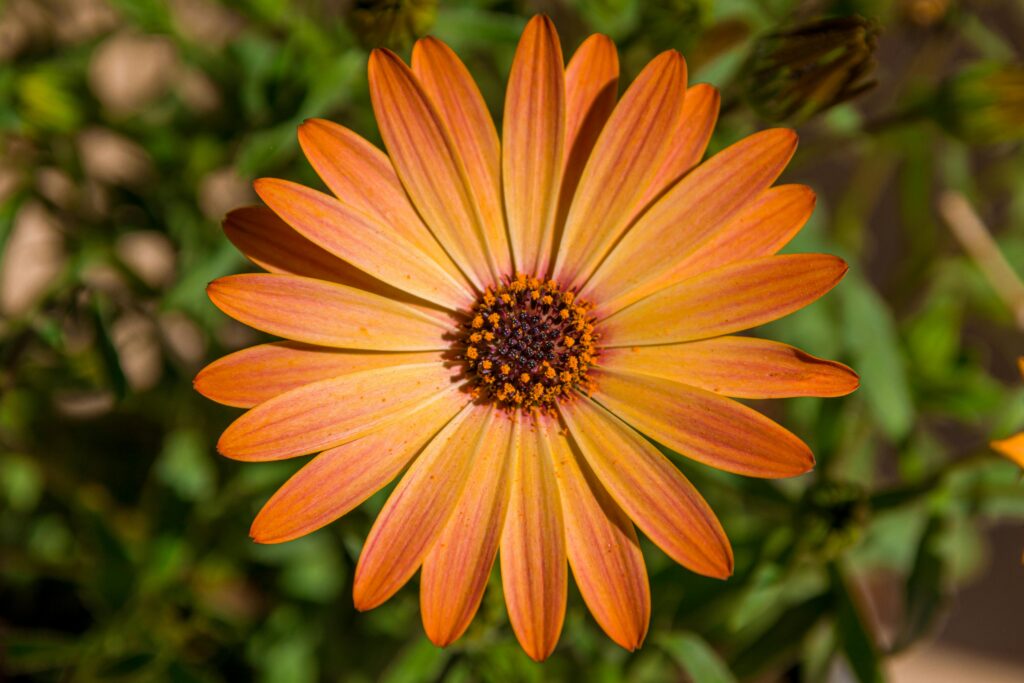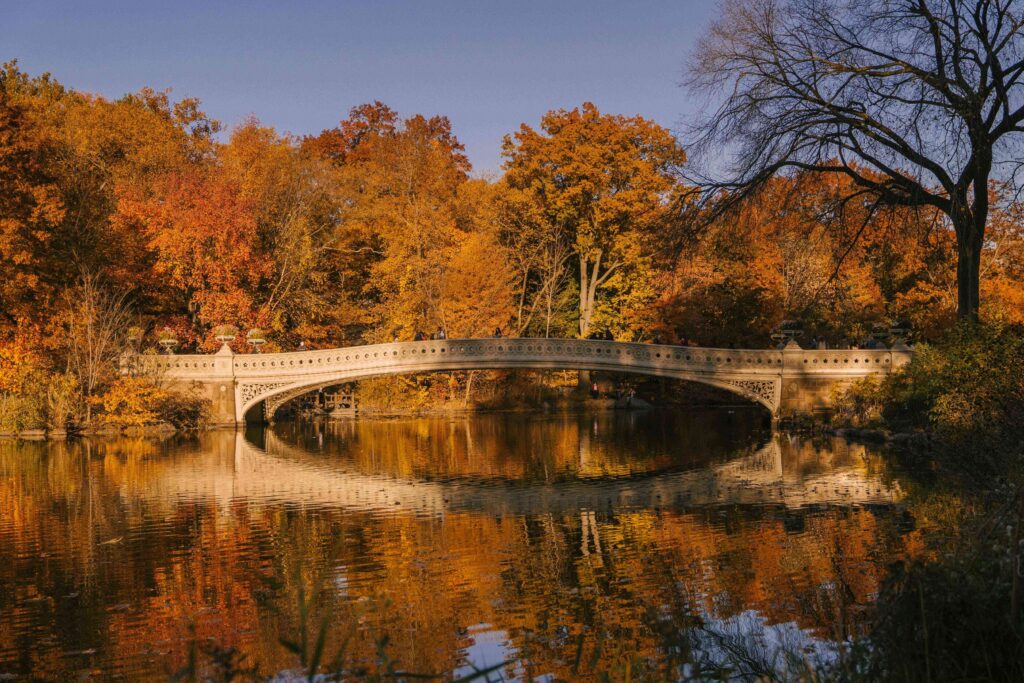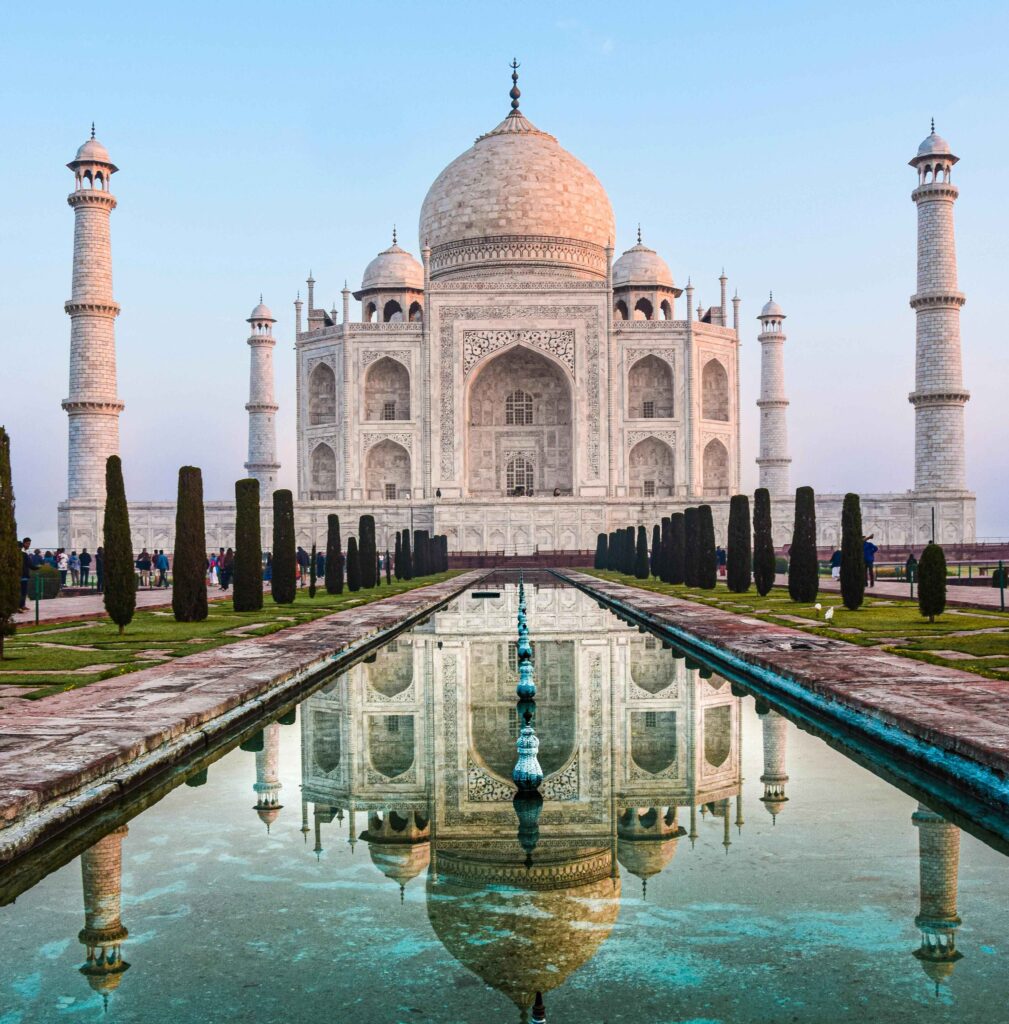Symmetry in Photography: A Creative Approach with Examples
Imagine a situation where you delve into the realm of patterns and reflections, seeking out scenes that showcase the beauty of symmetry. You carefully compose your shots, ensuring that every element is perfectly aligned and mirrored, creating a sense of equilibrium and tranquility.
Symmetry in photography allows you to see the world in a whole new light. It encourages you to pay attention to the details and patterns that often go unnoticed in your everyday lives. By capturing these symmetrical moments, you are able to tell a unique and mesmerizing story through your lens and helps you enhance your brand identity.
The magic of symmetry lies in its ability to create a sense of order and balance. It evokes a feeling of calmness and serenity, drawing viewers into the image and allowing them to appreciate the beauty of the subject.
Whether it’s a perfectly reflected landscape, a mirrored architectural structure, or a symmetrical arrangement of objects, symmetry in photography has the power to captivate and inspire.
Through the lens of a camera, you are able to explore the world around you in a whole new way. They seek out symmetry in nature, architecture, and everyday objects, finding beauty in the repetition and balance that exists all around us.
By capturing these moments, they invite you to see the world through your eyes and appreciate the hidden symmetries that surround you. Symmetry in photography is not just about capturing aesthetically pleasing images; it is about unlocking a deeper understanding of the world.
It encourages you to look beyond the surface and appreciate the underlying order and harmony that exists in our surroundings. It challenges you to see the beauty in the mundane and find balance in the chaos.
So, step into the captivating world of symmetry in photography and let yourself be transported to a place where balance and harmony rule supreme.
Types of symmetry
Let’s understand the different types of symmetry in photographic finishes that can help you create more dynamic and visually appealing compositions in your work.
Vertical symmetry
Vertical symmetry in photography refers to capturing images where the subject is divided into two equal halves along a vertical axis, creating a mirror-like effect.
This type of symmetry can be found in various subjects, such as buildings, trees, or even human faces, and it adds a sense of balance and harmony to the composition.
Horizontal symmetry
Horizontal symmetry in photography, on the other hand, involves dividing the subject into two equal halves along a horizontal axis.
This technique is commonly used in landscape photography, where the reflection of a mountain or a tree in a calm lake creates a stunning symmetrical composition.
Bilateral symmetry
Bilateral symmetry in photography focuses on capturing subjects that exhibit symmetry on both sides of a central axis. This type of symmetry can be found in natural objects like butterflies, flowers, or even human bodies.
By emphasizing the balanced proportions, bilateral symmetry in photography creates visually pleasing and harmonious images.
Radial symmetry
Radial symmetry in photography revolves around capturing subjects that exhibit symmetry around a central point. This type of symmetry is often seen in circular objects like flowers, shells, or even architectural elements.
By highlighting the radial patterns and repetition, radial symmetry in photography creates captivating and mesmerizing compositions.
Reflectional symmetry
Reflectional symmetry in photography involves capturing images that showcase a reflection of the subject, creating a mirror-like effect. This type of symmetry can be found in various settings, such as water surfaces, glass windows, or even polished surfaces.
Reflectional symmetry in photography adds depth and visual interest to the composition, as the reflection creates a duplicate image that enhances the overall symmetry.
Examples of symmetry in photography
Let’s take a look into how you can use symmetry in photography basics with various examples in detail.
Symmetry in wildlife photography

Symmetry in wildlife photography is a technique that involves capturing subjects in a way that creates a balanced and harmonious composition. To achieve symmetry, you often look for subjects that have a natural symmetry, such as animals with bilateral symmetry or patterns that repeat symmetrically.
By positioning the subject in the center of the frame or using reflections, you can enhance the sense of symmetry in your images.
For example, imagine photographing a flock of birds flying in perfect formation, with their wings spread symmetrically. By capturing this moment, the resulting image would showcase the beauty and balance of nature’s symmetry.
Another way to incorporate symmetry in wildlife photography is by utilizing the environment. For instance, photographing a zebra standing in front of a perfectly mirrored water surface can create a stunning symmetrical effect.
By carefully composing the shot and ensuring that the zebra is centered in the frame, the reflection in the water can create a mirror image, emphasizing the symmetry of the subject. In this situation it is essential to have the best wildlife photography cameras.
This technique not only adds visual interest to the photograph but also highlights the natural patterns and symmetry found in wildlife.
Symmetry in macro photography
Symmetry in macro photography involves capturing a subject in a way that creates a balanced and harmonious composition. This can be achieved by finding a subject with symmetrical features or by positioning the subject in a way that creates symmetry within the frame and it also acts as one of the best quarantine photoshoot ideas at home.

For example, a close-up shot of a butterfly with its wings spread out symmetrically can create a visually pleasing image. Another example could be photographing a flower head-on so that the petals are evenly spaced around the center of the flower, creating a sense of symmetry.
To enhance symmetry in macro photography, you can also use reflections, patterns, or leading lines to guide the viewer’s eye through the image. Experimenting with different angles and perspectives can help you find unique ways to incorporate symmetry into your macro shots.
Mixed symmetry photography

Mixed symmetry in photography involves capturing images that showcase a balance between different elements in a scene. To achieve this, you can look for subjects that have both symmetrical and asymmetrical features, creating a visually interesting composition.
For example, you can photograph a building with a symmetrical facade, but with a tree off-center in the frame to add an element of asymmetry. This juxtaposition of different forms can create a dynamic and engaging photograph that draws your viewer’s eye.
Leading lines photography

Leading lines photography is a technique you can use to lead your viewer’s eye towards a specific focal point. These lines can be straight, curved, diagonal, or even converging towards a vanishing point.
By incorporating leading lines into a composition, you can create a sense of depth, movement, and visual interest in the photograph.
For example, in a landscape photograph, a road or pathway can act as a leading line, guiding your viewer’s gaze towards a distant mountain or sunset. In architectural photography, the lines of a building can lead your viewer’s eye towards a particular detail or feature.
By strategically positioning these lines within the frame, you can create a dynamic and engaging image that draws your viewer in and encourages them to explore the scene further.
Symmetry in drone photography

Symmetry in drone photography refers to capturing images that have a balanced and harmonious composition.
To achieve symmetry, it is important to find subjects or scenes that have a clear and distinct line of symmetry. This could be a building, a bridge, or even a natural landscape feature.
By positioning the drone in a way that aligns the subject along the central axis of the frame, you can create a visually pleasing symmetrical image.
For example, imagine capturing a photograph of a perfectly symmetrical bridge reflected in a calm lake. The reflection creates a mirror-like effect, enhancing the sense of symmetry in the image.
Symmetry in architecture

Symmetry in architecture refers to the balanced arrangement of elements on either side of a central axis. This design principle creates a sense of harmony and order in a building’s appearance.
One example of symmetry in architecture is the Taj Mahal in India. The mausoleum is perfectly symmetrical, with identical features on each side, including minarets, domes, and intricate carvings.
This symmetrical design enhances the beauty and grandeur of the structure, making it a masterpiece of architectural symmetry.
Symmetry in portraits

Symmetry in portraits refers to the balance and harmony achieved by dividing the composition into two equal halves. To create a symmetrical portrait, the subject is positioned centrally, with their features and elements evenly distributed on both sides.
For instance, imagine a portrait of a person sitting in front of a mirror. The reflection in the mirror perfectly mirrors the person’s face, creating a symmetrical composition.
You can use this technique as a spotlight photoshoot idea as it helps you convey a sense of stability, formality, and elegance in portraits, as it creates a visually pleasing and balanced image.
Tips for achieving symmetry in photography
Let’s see the guidelines or tips for reaching symmetry in photography.
Use a tripod
To create symmetrical compositions, it is important to keep the camera steady. A tripod helps in achieving stability and ensures that the frame remains aligned.
Find a symmetrical subject
Look for subjects that have a natural symmetry, such as buildings, bridges, or reflections. These elements can provide a strong focal point and enhance the overall symmetry of the photograph.
Pay attention to the background
A cluttered or distracting background can take away from the symmetry of the main subject. Ensure that the background is clean and simple, allowing the symmetrical elements to stand out.
Utilize the rule of thirds
While symmetry is about balance and alignment, incorporating the rule of thirds can add interest to the composition. By placing the symmetrical subject slightly off-center, you can create a more dynamic and visually appealing photograph.
Experiment with different angles
Don’t be afraid to explore different angles and perspectives when capturing symmetrical compositions. Changing your viewpoint can add depth and dimension to the photograph, making it more engaging for the viewer.
Capture the balance and harmony of symmetry in photography
Symmetry is truly fascinating, isn’t it?
It’s incredible how it exists all around us, seamlessly blending into nature and even shaping our civilization. The reason behind our affinity for symmetry is quite simple: it brings a sense of balance and tranquility to our minds.
And guess what?
This same harmony can be achieved in photography when symmetry takes center stage in a composition. By training yourself to spot symmetry in your shots, you’ll unlock a whole new level of skill and creativity and it is essential to know the different photo editing styles to create a visually appealing image.
Whether you’re exploring the bustling city streets or capturing the delicate petals of a flower in a serene countryside, your eye for symmetry will guide you towards captivating images.
And don’t forget to occasionally look up from your camera, because inspiration can strike from the most unexpected places.
Let’s share your thoughts, questions, and experiences about using symmetry in photography with Rainx
















